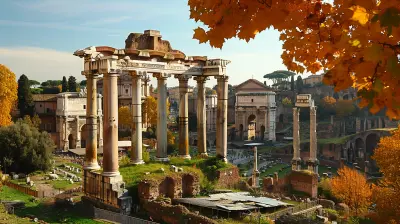Carthage: The Rise and Fall of a Mighty City
17 August 2025
If ancient cities could talk, Carthage would probably have one of the most dramatic stories to tell. Imagine a city so powerful it made Rome nervous. Yep, we're diving deep into the saga of Carthage — a city that went from dazzling heights to total ruin, but not without leaving behind a legacy that still echoes through time.
So buckle up, history buffs (and curious wanderers alike), because the tale of Carthage isn't just about battles and ruins — it's about ambition, brilliance, and the brutal price of power.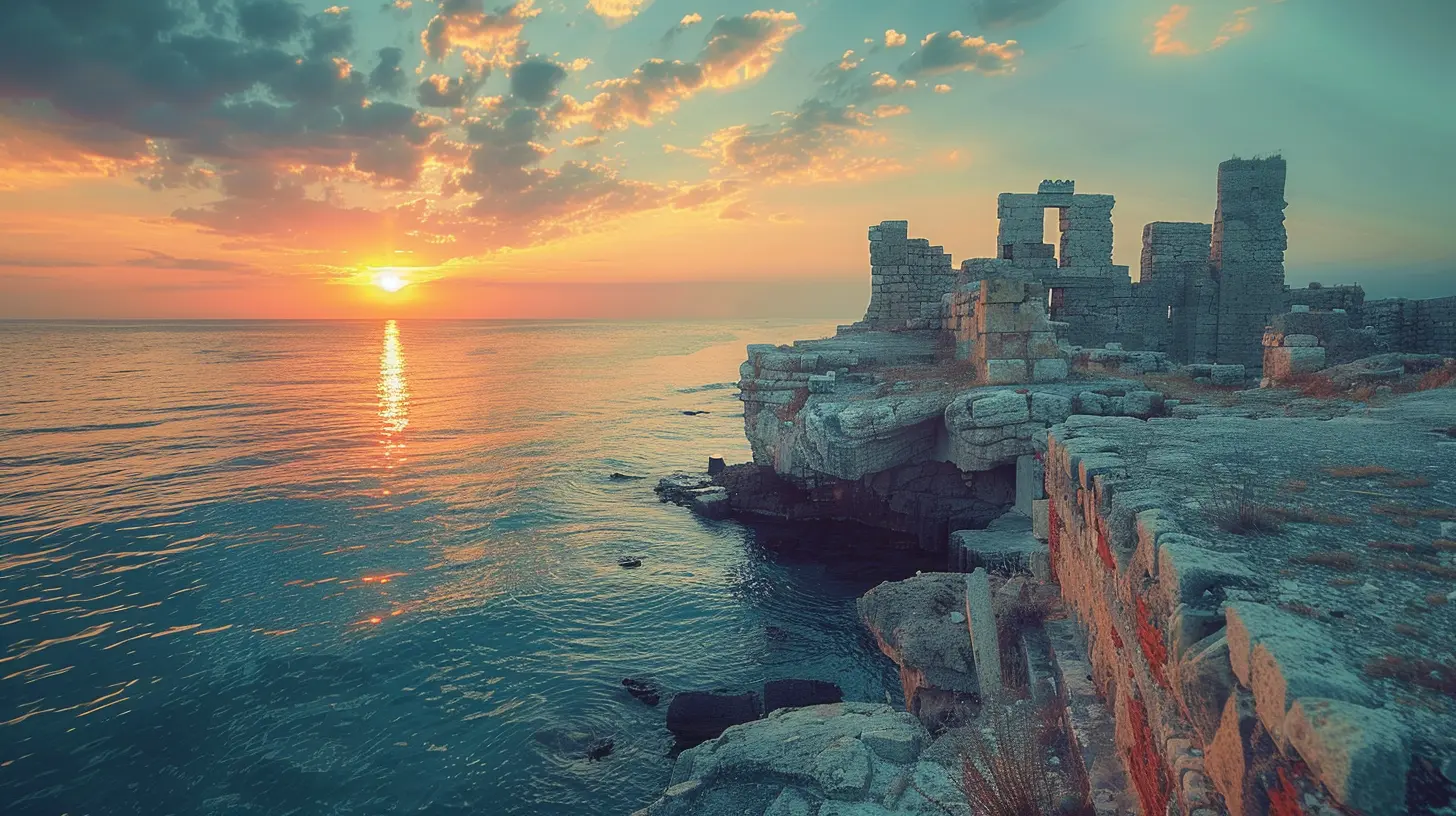
Where Was Carthage? Setting the Scene
First things first—let’s put Carthage on the map.Carthage was located in what is now Tunisia, right on the coast of North Africa. Picture it: sparkling Mediterranean waters, lush lands, and a prime location for trade. Not only was it gorgeous, but it was also insanely strategic. The Carthaginians basically had a VIP pass to sea routes that connected Europe, Africa, and the Near East.
Born as a Phoenician colony around 814 BC (give or take a few years), this wasn’t just another coastal town. Nope. From the start, Carthage was destined for greatness.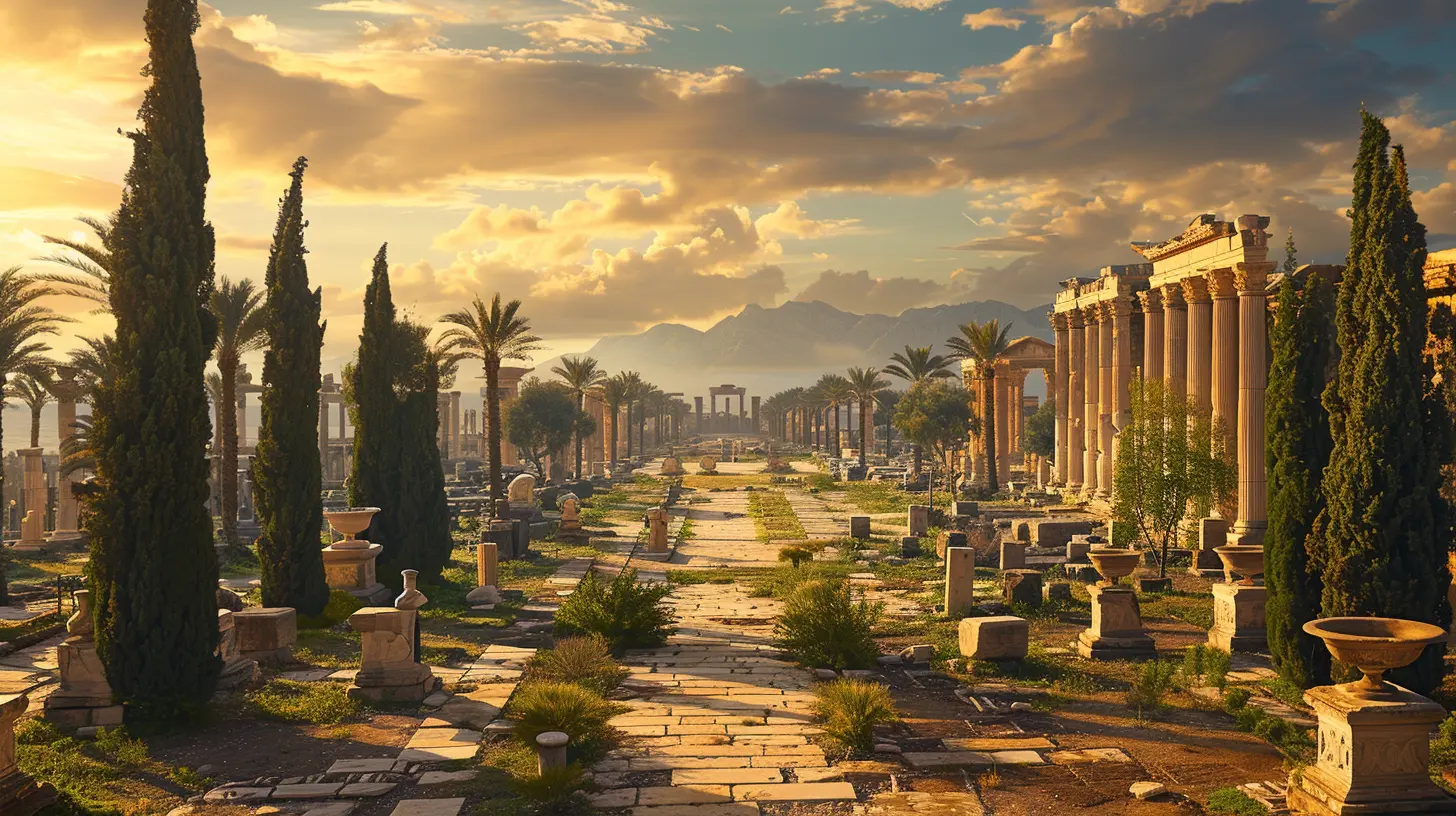
The Rise of Carthage: More Than Just a Trading Post
A City That Knew How to Make Money
Carthage’s founders, the Phoenicians, were expert sailors and traders. They came from the city of Tyre (modern-day Lebanon). These folks didn’t mess around when it came to commerce.Carthage followed in their footsteps—except they turbocharged the whole idea.
By the 6th century BC, Carthage had transformed from a colony into a booming metropolis. The city grew filthy rich from trade—olive oil, wine, precious metals, textiles—you name it, they sold it. And they weren’t just sticking to local deals. Their ships roamed as far as Britain, trading tin, and they even had outposts along the coast of Spain and Morocco.
So yeah, Carthage was basically the Amazon of the ancient Mediterranean.
A Military Powerhouse
Now, what do you do when you've got wealth pouring in? You protect it. And Carthage didn’t play around.They built a massive navy—arguably the best of its time. Their harbor was an engineering marvel, with a circular dock that could house 220 warships, and a separate one for merchant ships. Imagine a military airport, but for ancient ships, complete with dry docks and naval workshops.
Their army? Often made up of mercenaries, but the Carthaginians knew how to rally tough warriors when it counted. And then there was one name that Rome would never forget…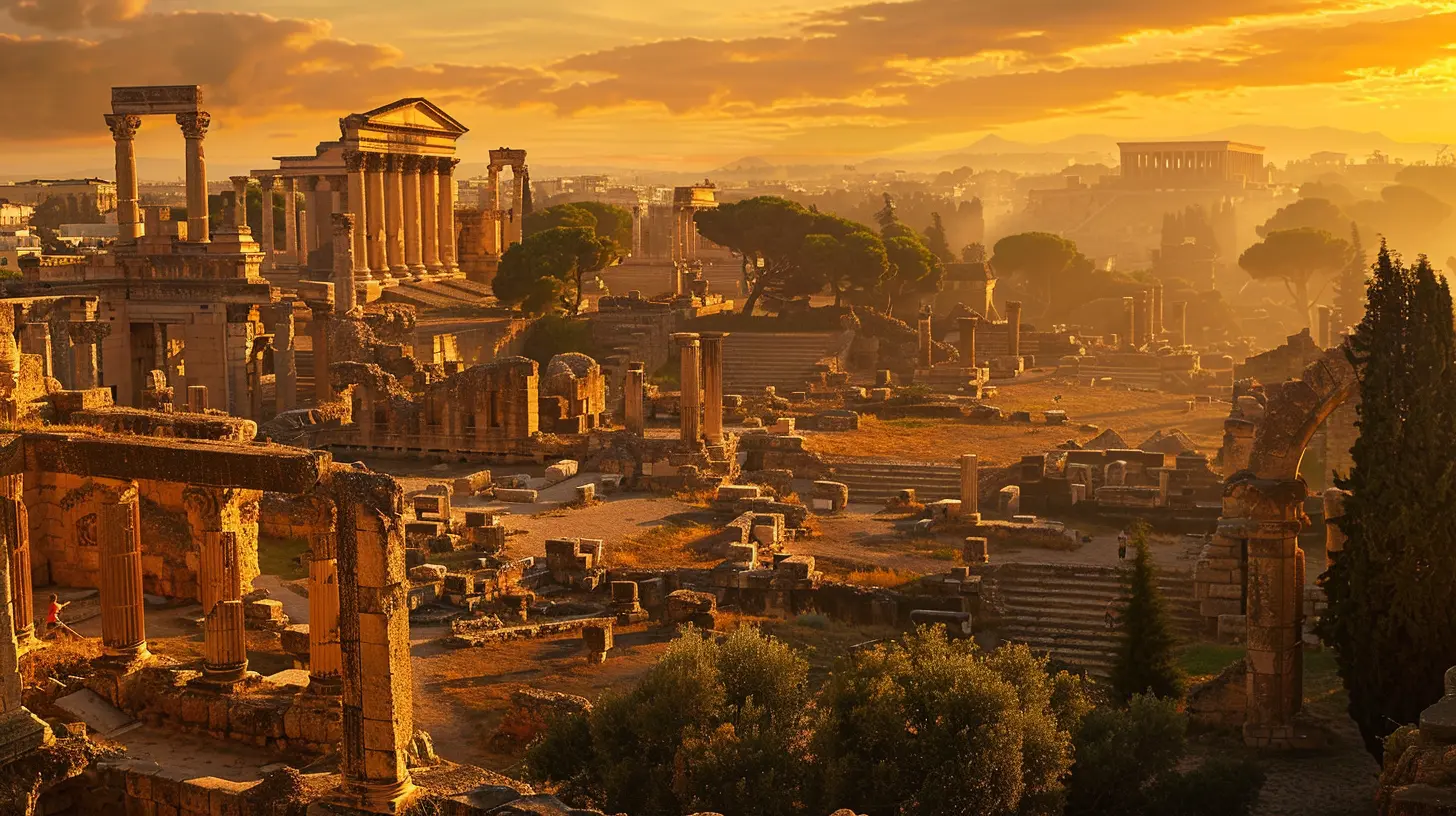
Hannibal Barca: The Boogeyman of Rome
Seriously, no story of Carthage is complete without Hannibal. This guy was a military genius, and possibly the greatest threat Rome ever faced.Remember hearing about someone crossing the Alps with elephants? That was him.
In the Second Punic War (218–201 BC), Hannibal hatched one of the most insane military plans in history. He took his army, including war elephants, through Spain, over the icy mountains of the Alps, and into Italy—think of it like an ancient version of Mission: Impossible.
And he didn’t just arrive and call it a day. He won massive battles like Cannae, where he encircled and destroyed a Roman army twice the size of his.
For over a decade, Hannibal terrorized Roman territory, and for a while, it looked like Carthage might just win the whole thing.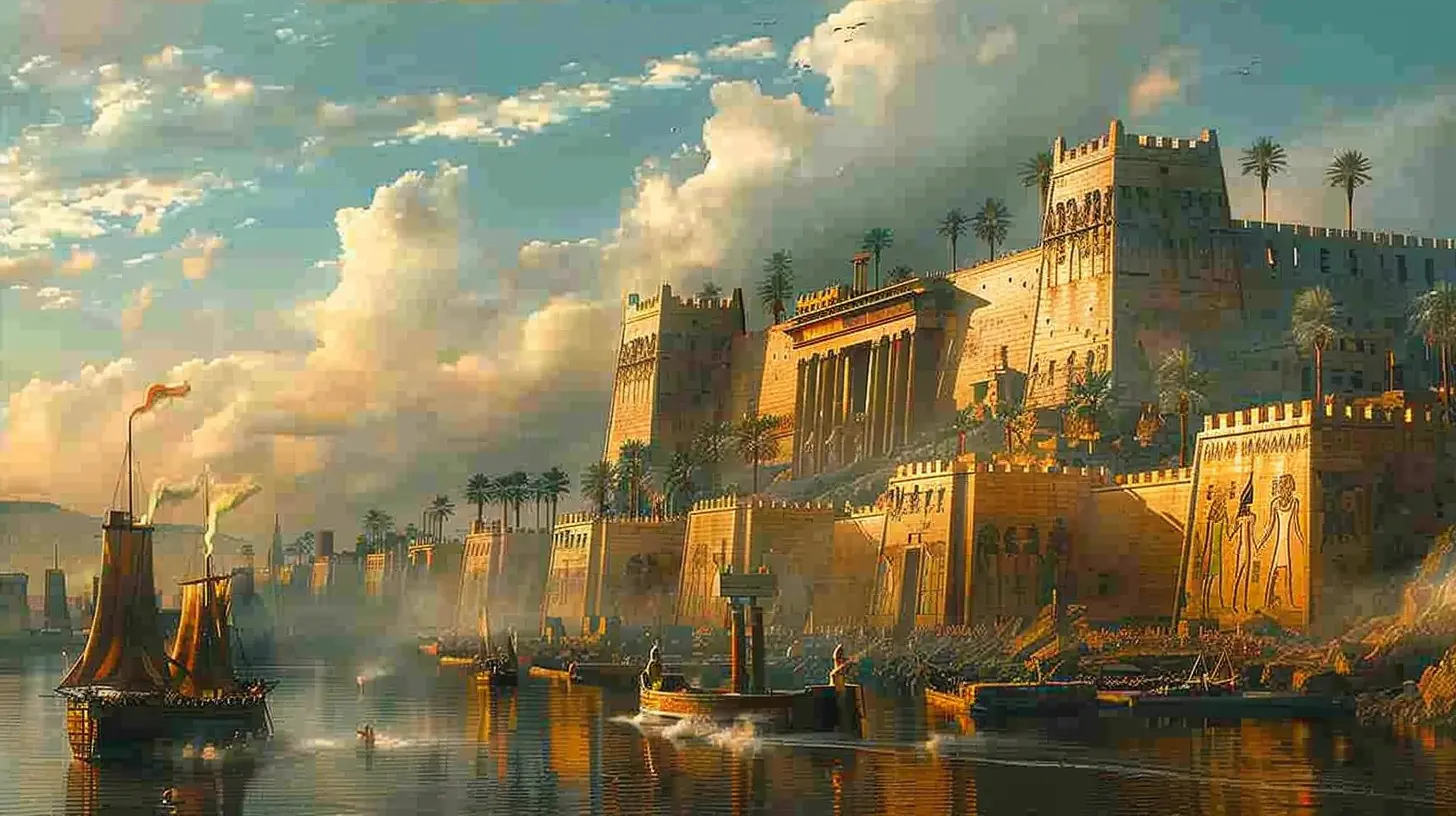
The Fall: Rome Strikes Back
When Success Turns Sour
Hannibal was brilliant, but the Carthaginian government? Not so much. They didn’t give him enough support, and eventually, Rome recovered. The tide turned.In 202 BC, at the Battle of Zama, Roman general Scipio Africanus outmaneuvered Hannibal in present-day Tunisia. Just like that, Rome flipped the script.
Carthage had to sign a peace treaty that made them weaker politically and economically. They were still a city, but no longer the mega-power they once were.
But Rome? Never trust them when they say it’s over.
The Third Punic War: Total Destruction
Fast forward to 149 BC. Carthage had rebuilt some of its economy, and that made Rome paranoid (again). They wanted control—and absolute dominance.Enter the Third Punic War.
Romans laid siege to Carthage. For three brutal years, the city held out. People fought from house to house, refusing to give up their home.
In 146 BC, Carthage finally fell. The Romans didn’t just conquer it—they annihilated it. They burned it to the ground, enslaved the population, and left a scar in history so deep it’s still remembered today.
What Remains Today?
So, is Carthage gone forever? Not quite.The ruins of Carthage still stand near modern-day Tunis. And walking through it is like flipping through the pages of a forgotten epic. You can see the remains of Roman villas (yep, Romans eventually rebuilt it), Carthaginian harbors, ramparts, cisterns, and even an amphitheater.
It’s a UNESCO World Heritage Site now, and for good reason.
Standing there, it’s not hard to imagine what this mighty city once looked like—buzzing markets, grand temples, massive ships sailing in and out of its iconic harbors.
Why Should You Care?
Honestly? Because Carthage is one of those stories that shows how power, pride, and politics can shape—and destroy—civilizations.It’s a tale of high risks and bold moves. A city that aimed to rule the seas, fought tooth and nail, and eventually got buried by the very ambition that fueled it.
And if you’re into travel with some serious historical weight, Carthage should be on your radar. It’s not just another ruin. It’s a place where legends walked—where strategies were crafted, empires collided, and history was written in blood and brilliance.
Planning a Visit to the Land of Carthage
Tempted to go? Great idea. Here’s how to make it happen.Best Time to Visit
Tunis gets hot in summer, so the sweet spot is between October and May. You’ll get that comfy Mediterranean breeze without the scorching sun.What to See
- The Antonine Baths – Roman ruins, but still awe-inspiring.- Tophet Cemetery – A Carthaginian religious site that stirs up all the historical feels.
- Carthaginian Ports – Old harbors that once buzzed with military and mercantile ships.
- Byrsa Hill – The likely founding site of Carthage, offering killer views and ancient vibes.
Pro Tips
- Wear comfy shoes (seriously, you’ll thank us later).- Bring water—Tunisia's sun gets intense, even in spring.
- Hire a local guide if you can. The stories they tell bring the stones to life.
The Legacy Lives On
Carthage isn't just in books and ruins. It's in the echoes of every empire that rises and thinks it's invincible.Its story has been told by Roman historians, poets, and even filmmakers. It’s a symbol of resistance and resilience, of strategy and sacrifice.
And while its stones may lie still today, its story? That’s very much alive—and worth remembering.
Final Thoughts
Carthage's rise and fall isn’t just a tale of ancient wars and crumbled citadels—it’s a mirror reflecting humanity’s eternal dance with ambition.This mighty city stood tall against the mightiest empire of its time, and even in its fall, it earned eternal fame. Whether you're a history nerd, a traveler with a taste for ruins, or someone looking for stories that still spark fire in the imagination, Carthage is the place to be.
So next time you find yourself in North Africa, take a pause in Tunis. The ghosts of Carthage are waiting to tell you their tale.
all images in this post were generated using AI tools
Category:
Ancient RuinsAuthor:

Pierre McKinney
Discussion
rate this article
1 comments
Kian Morgan
Carthage's story is a compelling narrative of ambition, cultural exchange, and tragic downfall. Its ruins echo the complexities of human civilization, reminding us that greatness is often intertwined with vulnerability and the lessons of history.
August 23, 2025 at 2:29 PM

Pierre McKinney
Thank you for your insightful comment! Indeed, Carthage's history beautifully illustrates the intricate balance of ambition and vulnerability in human civilization.
